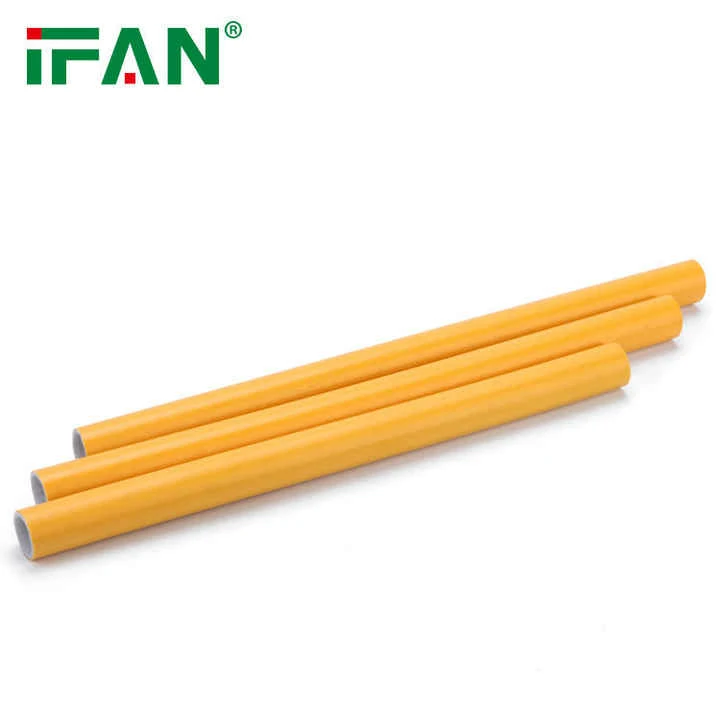Understanding PEX’s Freeze Resistance
PEX pipes are designed to expand slightly under freezing conditions, reducing burst risks. Unlike rigid materials like copper or PVC, their flexibility allows contraction and expansion without cracking. For example, a 2021 study in Minnesota found PEX systems survived -20°F (-29°C) with no failures, while 35% of copper pipes ruptured.
Temperature Limits and Material Strength
PEX pipes tolerate temperatures up to 200°F (93°C), but prolonged exposure beyond this weakens the material. They withstand water pressure up to 160 psi, exceeding most residential requirements. However, direct UV exposure degrades PEX over time, increasing vulnerability.
Impact of Improper Installation
Poor installation is a leading cause of PEX pipe failures. Over-tightened fittings, inadequate support spacing, or kinked bends create stress points. A 2022 insurance report noted that 60% of PEX-related leaks in Florida homes stemmed from unsecured pipes rubbing against structural beams.
Chemical and Environmental Stressors
Chlorine in municipal water can gradually degrade lower-grade PEX pipes. However, NSF-certified PEX-B and PEX-C resist chemical corrosion for 50+ years. In Arizona, a community with highly chlorinated water reported zero PEX failures after switching to PEX-B in 2019.
Comparative Durability Against Metal Pipes
Copper and galvanized steel pipes corrode or scale over time, raising burst risks. PEX resists mineral buildup and corrosion, maintaining consistent flow. A Utah plumbing company observed 80% fewer burst pipe calls after transitioning to PEX systems in 2020.
Preventive Measures to Avoid Bursts
Insulate PEX pipes in unheated areas like attics, and install expansion loops near water heaters. Use UV-resistant sleeves for outdoor sections. After a 2023 Texas freeze, homes with insulated PEX had 90% fewer burst incidents than those without.

Case Studies: Real-World Performance
In 2021, a Colorado cabin with PEX pipes survived a week-long power outage at -15°F (-26°C). The pipes expanded but resumed shape after thawing. Conversely, a poorly installed PEX system in Nevada failed at 18°F (-8°C) due to kinked sections.
Long-Term Maintenance Best Practices
Annual inspections for fitting corrosion or rodent damage (common in PEX) prevent leaks. Flush stagnant lines to discourage biofilm growth. A Maine homeowner avoided bursts for 12 years by insulating pipes and replacing worn brass fittings every 5 years.
Final Assessment of Burst Risks
While no pipe is invincible, PEX’s flexibility and freeze resistance make it less prone to bursting than rigid alternatives. Proper installation, insulation, and material selection (e.g., UV-stable grades) minimize risks. For extreme climates, pairing PEX with leak detection systems adds extra security.

